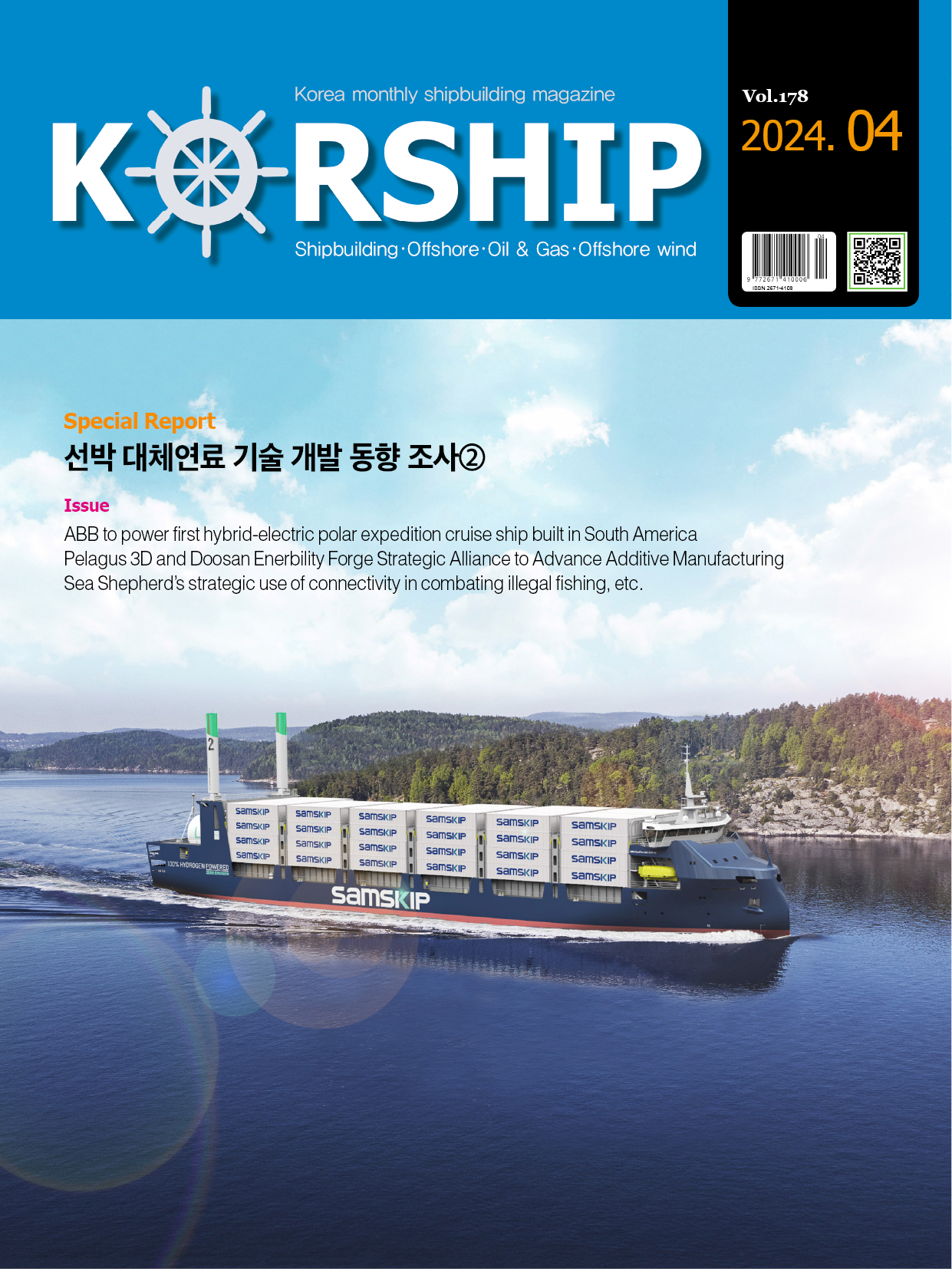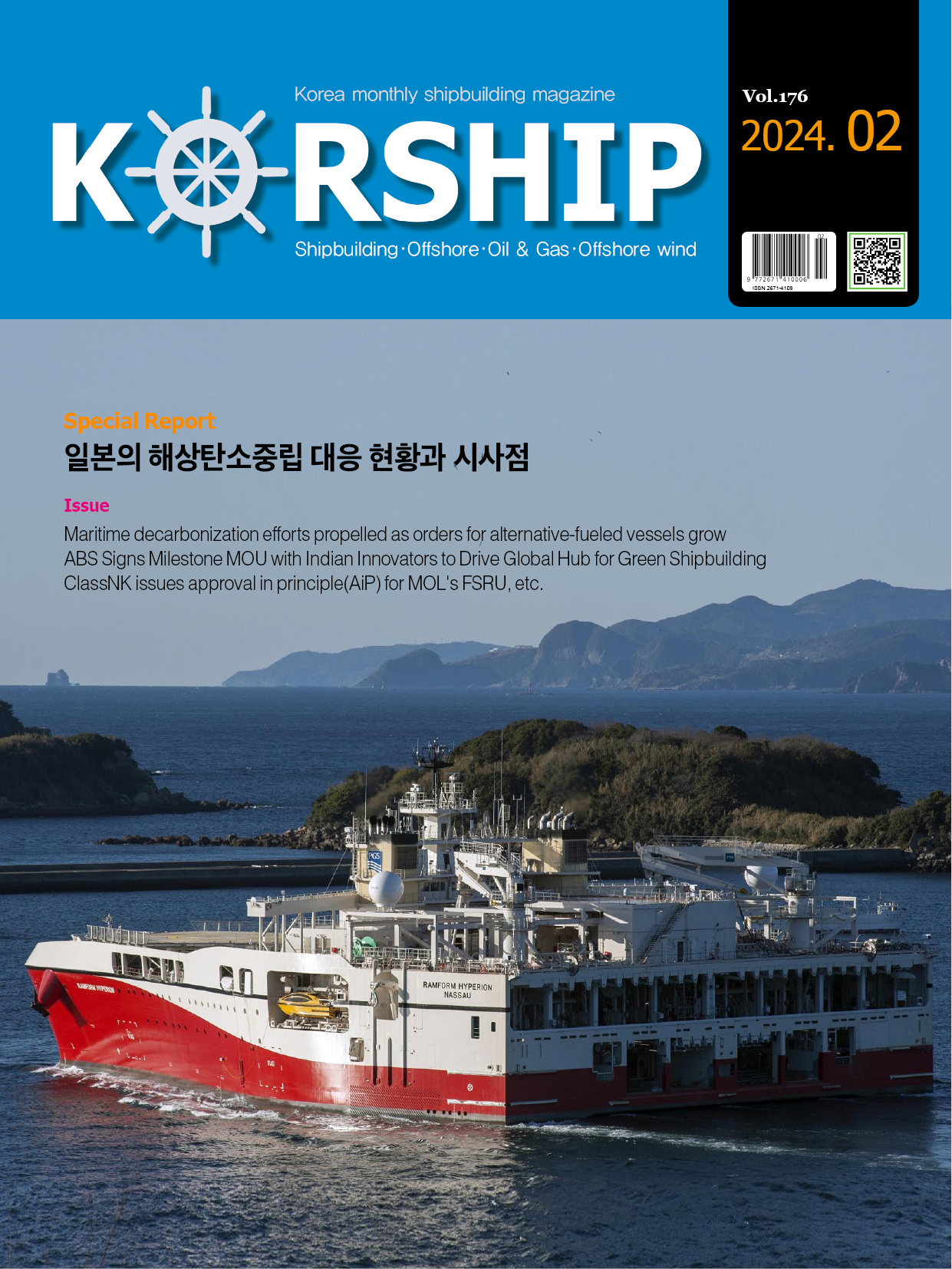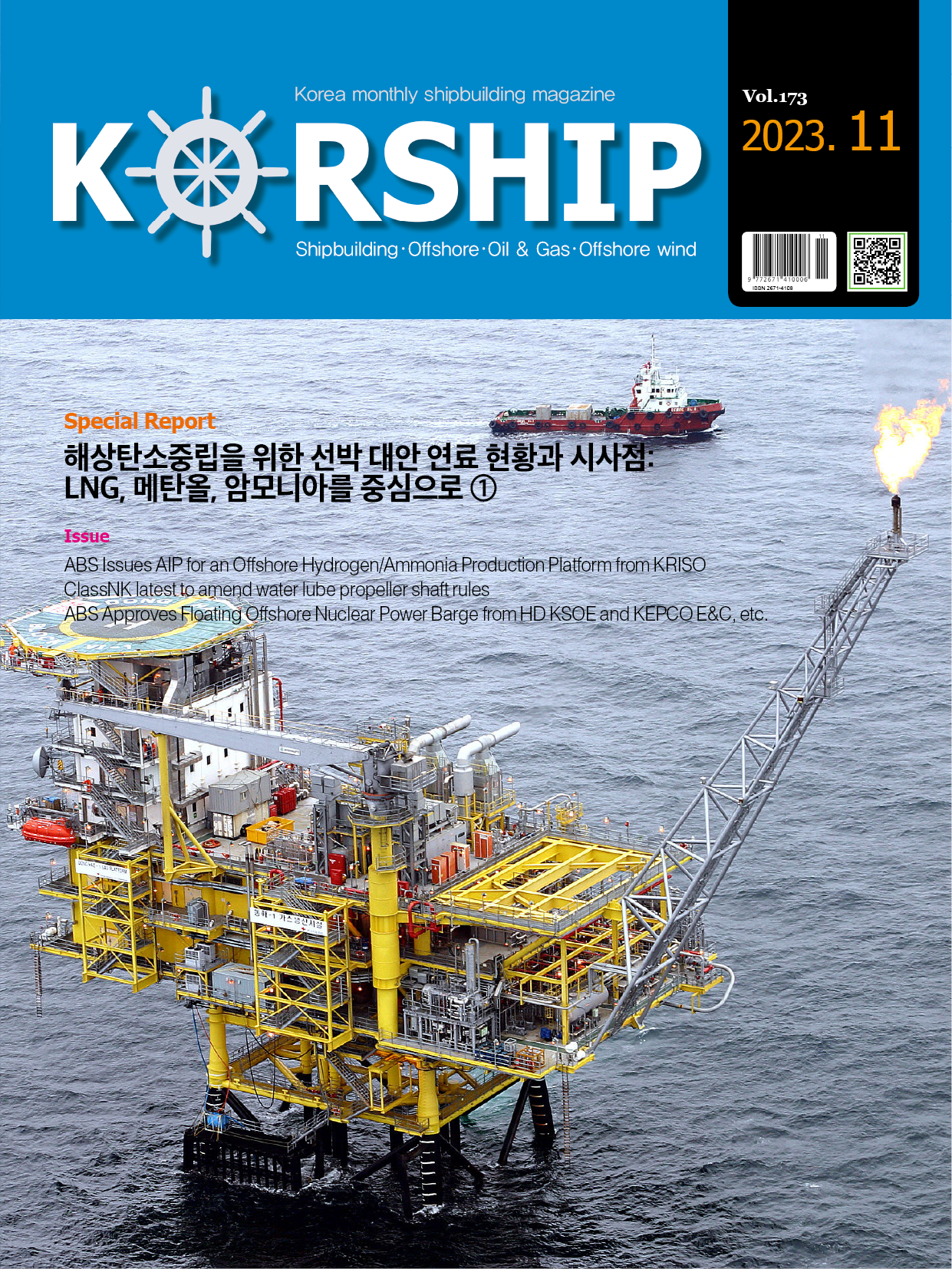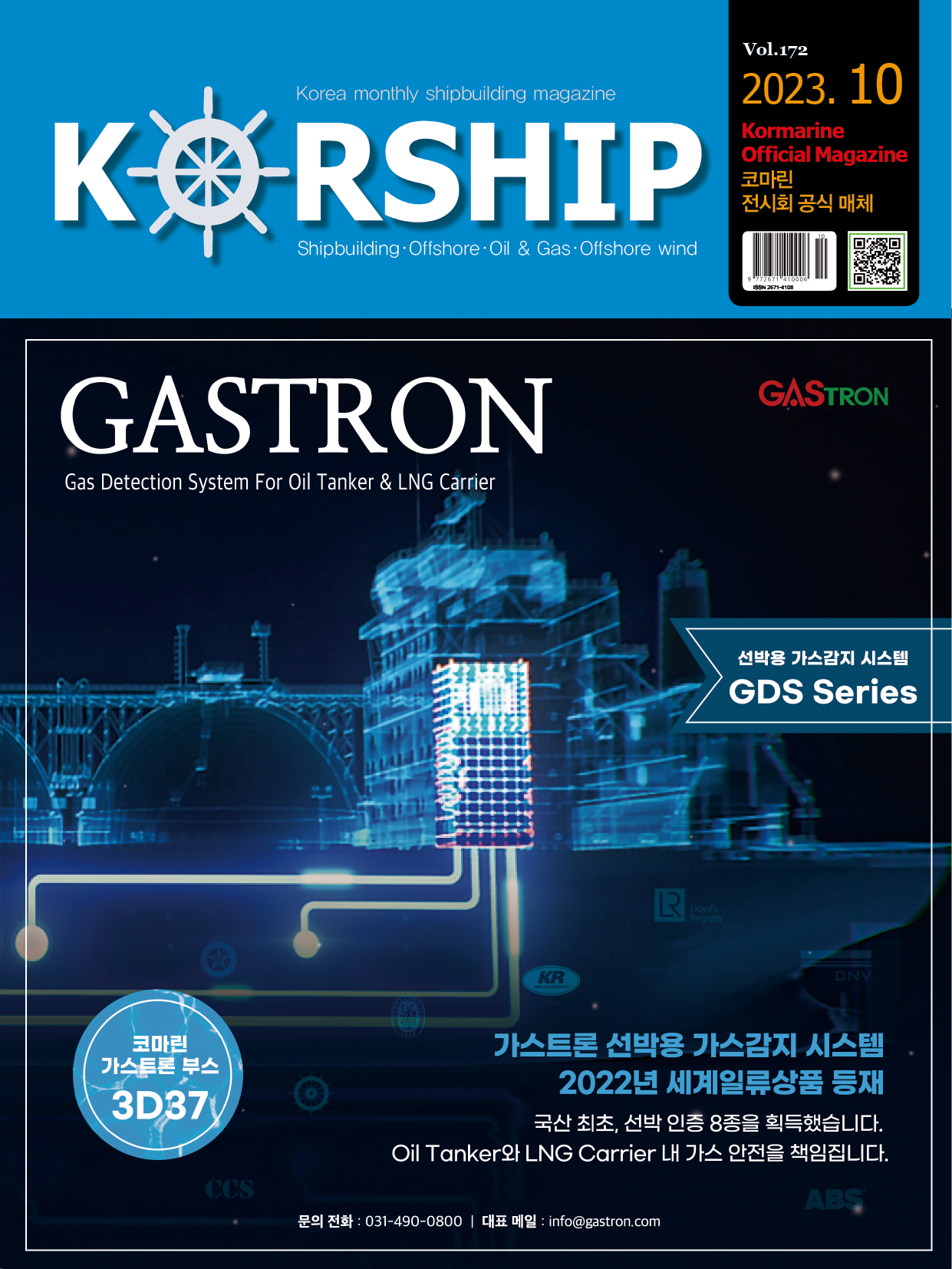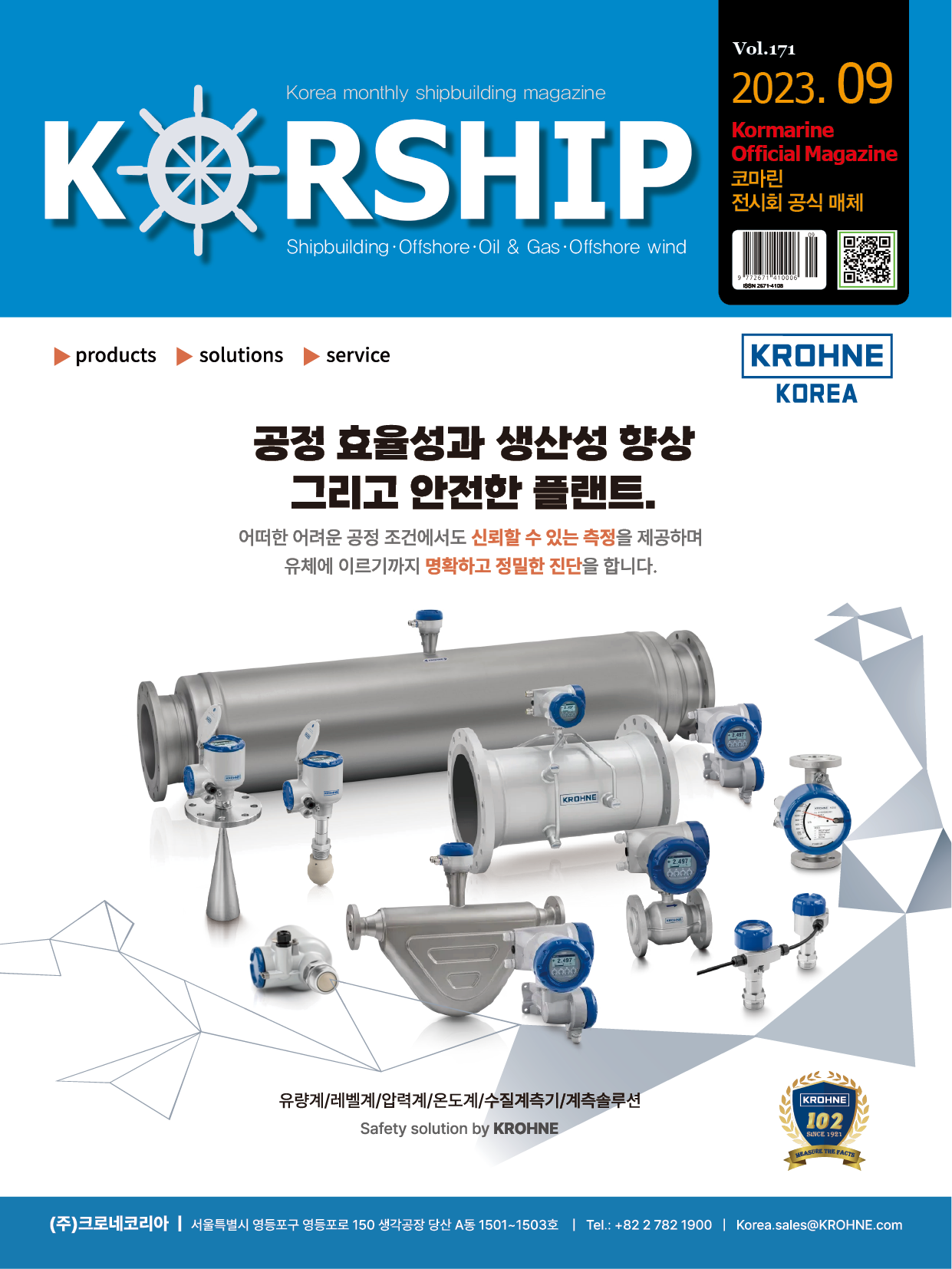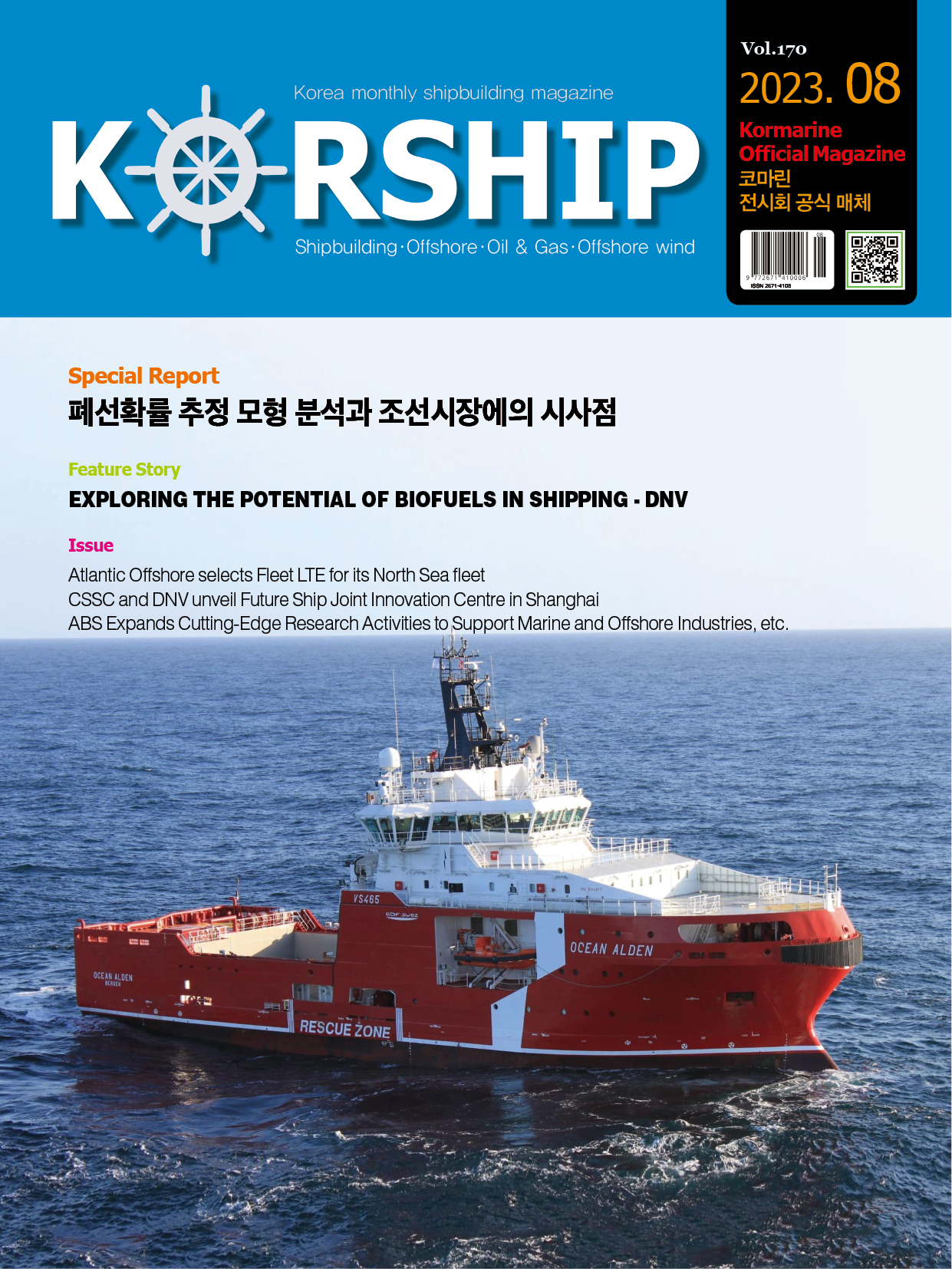Feature Story Winds of Change: Harnessing Rotor Sails for Vessel Efficiency
페이지 정보
작성자 최고관리자 댓글 0건 조회 44회 작성일 24-04-16 11:48본문
Wind-propulsion technology is an exciting and dynamic section of the industry. As shipping races for credible pathways to meet decarbonisation targets, an enormous consideration is how these solutions benefit owners’ and operators’ bottom line. Vessel efficiency is a key part of this, contributing to direct fuel savings, emissions reduction, and overall vessel compliance against tightening regulations.
Carbon reduction targets from the International Maritime Organisation call for CO2 emissions reductions to average at least 40% by 2030, with an overall ambition to reach net-zero greenhouse gas(GHG) emissions by or around 2050. The introduction of the Carbon Intensity Indicator(CII) and the Energy Efficiency Existing Ship Index(EEXI), which will only grow tighter over the coming years, are pushing ship owners to look for both large-scale and marginal efficiency gains to keep vessels within acceptable rating levels.
As ship owners seek more sustainable propulsion options, harnessing wind power is a proven solution to help the industry comply with emission reduction targets.
Rotor Sail technology, specifically, is being turned to by a growing number of ship owners to improve the efficiency of their vessels. Their versatility for different vessel types, compact design, combined with a flexible array of deployment systems, positions them as key technologies for both new builds and existing vessels for retrofit.
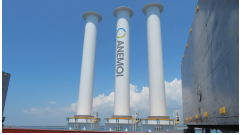
Viable Decarbonisation Technology
“With shipowners and managers looking to minimise their carbon emissions while maintaining full operations, Rotor Sails are an established and proven way of providing auxiliary propulsion and reducing fuel consumption,” said Kim Diederichsen, Chief Executive Officer at Anemoi Marine Technologies, the UK-based developer and provider of Rotor Sails for the global shipping industry.
“Wind propulsion has found its place in modern shipping. With pressure growing on ship owners to go green, Rotor Sails are a visible and viable decarbonisation technology that enables vessels to save fuel and comply with emissions regulations,” he added.
According to Anemoi’s Fuel Saving Assessment Model(FSAM), which predicts the average annual savings of different vessel sizes and classes for both fuel and carbon emissions based on Rotor Sail performance data, vessels can achieve fuel savings of up to 30%, helping ship owners to meet the all-important regulatory requirements, including CII and EEXI requirements.
For example, a 310,000 dwt very large crude carrier(VLCC) that frequents the Bonny-Ningbo shipping route between Nigeria and China can expect to see an annual fuel and emission saving of over 13% when fitted with Rotor Sails. This equates to a reduction of more than 1,600 tonnes of fuel and over 5,000 tonnes of GHG emissions each year.
For Sohar Max, the 400,000 dwt Valemax operated by Brazilian mining giant Vale and the world’s largest ore carrier, the installation of Anemoi’s 35-m tall Rotor Sails, along with the company’s bespoke folding deployment system, will make it the largest wind-assisted installation in maritime history.
Across Vale’s wider fleet of Valemax vessels, which operate deep-sea routes between Brazil, China, and the Middle East, the company is poised to benefit from substantial efficiency gains from this, zero-emissions upgrade. In simple carbon emissions terms, up to 3,000 tonnes of CO2 could be cut from each vessel annually through the use of Rotor Sails, along with an expected fuel reduction of 6%.
On a recent retrofitting of an 82,000 dwt Karmsarmax bulk carrier, TR Lady, three 24-m tall Rotor Sails from Anemoi were installed alongside the company’s rail deployment system. This enables the sails to be centered during sea-going voyages, but moved to the port or starboard when berthed to allow for easier, unobstructed cargo loading and unloading operations. The sails are anticipated to save over 10% average annual fuel consumption and the resulting GHG emissions.
Singapore-based dry bulk owner Berge Bulk is also set to benefit from fitting two vessels with Rotor Sails from Anemoi - a 388,000 dwt Valemax and a 210,000 dwt Newcastlemax bulk carrier - with four folding Rotor Sails each. As part of their wider fleet decarbonisation strategy to deploy deep-sea zero-emission vessels by 2030, the rolling out of Rotor Sails on these vessels predicts a saving of between 1,200-1,500 tonnes of fuel annually for each vessel.
With the dry bulk sector looking extensively at Rotor Sail technology for efficiency gains, more vessel types are now gearing up and looking at how best to install Rotor Sails to achieve similar results. In October 2023 Anemoi signed a deal with Hudong-Zhonghua Shipbuilding Group for the integration design of Rotor Sails onboard two LNG carrier newbuildings. This project is hoped to boost the confidence of Rotor Sail technology for gas carrier owners and enable the smooth introduction of a new generation of efficient and environmentally friendly LNG carrier design.
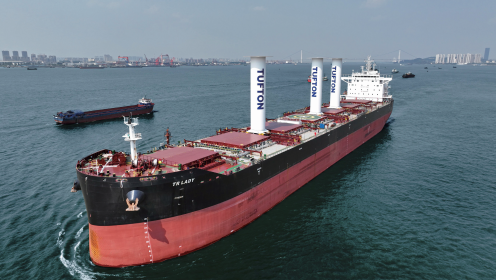
Protecting Against Higher Fuel Costs
Although the efficiency gains are primarily related to fuel efficiency and carbon emissions, that is not to say that Rotor Sails do not have a place onboard newer dual-fuel and future-fuel-powered vessels that are already zero-carbon capable. As an off-the-shelf solution to improve efficiency, installing Rotor Sails could be vital as questions remain over the cost, logistics and supply of alternative fuel options.
While ‘green corridors’ are being expanded and developed to increase supply consistency across routes, the ‘green’ zero-carbon and low-carbon future fuels may be considerably more expensive for vessels to operate. In this case, while carbon emissions would be less of a consideration, Rotor Sails can still have an important impact on fuel efficiency, protecting against higher fuel costs. The introduction of immediate efficiency boosting technologies can be a win-win regardless of the carbon intensity of a vessel.
Across the industry, we are seeing a growing demand for immediate gains in vessel efficiencies that reduce carbon emissions to meet tightening regulations. Rotor Sails are an unobtrusive option for owners and operators to improve efficiencies, reduce their fuel costs, and help move the needle toward zero carbon emissions.
■ Contact: Anemoi Marine Technologies
www.anemoimarine.com
- 이전글Top 10 Shipowning Nations 24.04.16
- 다음글Strong outlook for the tanker market in 2024 and beyond 24.04.16

